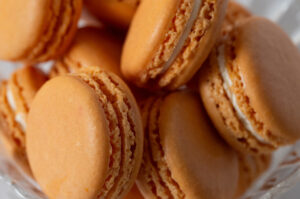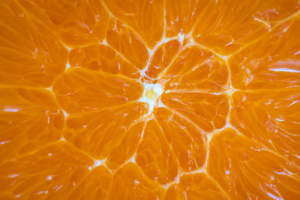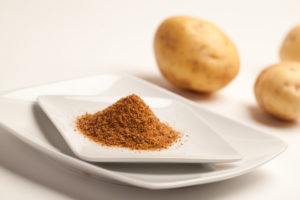Emulsitech® Natural Color Emulsions
back to the learning centerHow Stable Are They?
Emulsitech® provides natural and convenient colors for any project… but just how stable are these vibrant yellow & orange hues?
Related posts
Peach Fuzz and Apricot Crush: Pantone’s Colours of the Year
Tranquility, connection, peace Speakers: Megan Jacobs, Global Marketing Director for Sense Colour Catalina Ospina, Technical Marketing Specialist Katie Floyd, Marketing Coordinator Lora Sparks, Digital Marketing Specialist Delve into the captivating colours
Natural Colors for Citrus Beverages – Squeeze the Rainbow!
Citrus colors: fresh and zesty Citrus flavors stand out as timeless favorites for all sorts of foods but especially for drinks. Their tangy and refreshing profile not only enraptures taste buds but also creates a synesthetic experience that engages sight,
Natural Colors for Dairy-Free Cheese
Cheese substitutes, or plant-based cheese analogues, have been on the market since at least the 1970’s. But since 2018, dairy-free cheeses have risen in popularity with the increased consumer demand for plant-based foods. They are achieved by substituting
Podcast: Rooted in Science
Rooted in ScienceHow Givaudan’s agronomists develop natural colouring solutions from carrots Speakers: Nicolas Jegouic, Head of Agronomy and Fanny Fourcade, Agronomist In this first episode of our new Colour Journey, Givaudan's agronomists take you to one
Do Natural Colors Have Nutritional Value?
Are natural colors healthy? Do natural colors impart nutritional value? Can we make functional claims when we use natural colors in our product? We get these types of questions often, especially with the increase in the “functional foods” market segment.
Closing the Gap: Innovations in Class I Caramel Color
Class I Caramel Innovations Caramel colors are used to color just about every kind of food product. And while you might think “brown is brown, why does it matter which class of caramel I use?” the technical properties vary widely between the three main






